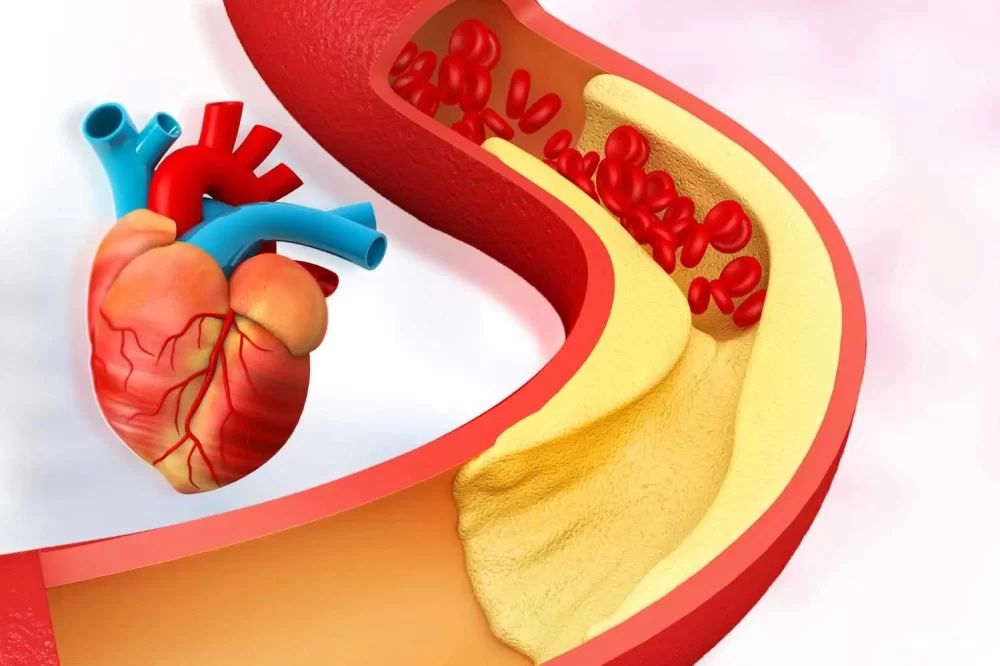- Understanding-Cholesterol-Tests
- Key-Components-of-Cholesterol-Results
- Interpreting-Your-Cholesterol-Levels
- Common-Misunderstandings-About-Cholesterol
- Real-Life-Examples-of-Cholesterol-Result-Interpretation
- Taking-Action-Based-on-Cholesterol-Readings
1. Understanding Cholesterol Tests and Their Importance
Cholesterol tests are essential tools in assessing heart health, providing insight into the levels of different types of fats in your blood. Knowing how to read cholesterol test results helps you understand your cardiovascular risk and guides decisions for lifestyle or medical interventions.
These tests are typically done after fasting and measure total cholesterol, LDL (low-density lipoprotein), HDL (high-density lipoprotein), and triglycerides. Each of these components plays a unique role in heart health and disease risk.

1.1 Why Regular Testing Matters
Regular cholesterol testing allows early detection of unhealthy lipid levels, which often have no obvious symptoms. Early intervention can prevent complications like heart attacks and strokes by managing cholesterol proactively.
Capital Health Medical Center – Hopewell
capital health medical center hopewell
1 Capital Way, Pennington, NJ 08534, USA

1.2 How Tests Are Conducted
Blood samples are collected usually after a 9-12 hour fast to ensure accurate readings. Modern laboratories analyze these samples and provide a detailed report showing your cholesterol profile along with recommended target ranges.
2. Key Components of Cholesterol Test Results Explained
Understanding the main parts of your cholesterol test is crucial to knowing how to interpret the results correctly.
2.1 Total Cholesterol
This number represents the combined amount of cholesterol in your blood, including LDL, HDL, and other lipid components. Ideally, total cholesterol should be below 200 mg/dL, but this number alone doesn’t give the full picture.
2.2 LDL Cholesterol: The “Bad” Cholesterol
LDL is often referred to as bad cholesterol because high levels can lead to plaque buildup in arteries, increasing heart disease risk. A healthy LDL level is usually below 100 mg/dL, though individual targets may vary based on risk factors.
2.3 HDL Cholesterol: The “Good” Cholesterol
HDL helps remove excess cholesterol from the bloodstream, protecting against heart disease. Higher HDL levels are better, with 60 mg/dL or above considered protective.
2.4 Triglycerides
These are another type of fat in the blood that can increase heart risk if elevated. Normal triglyceride levels are below 150 mg/dL. High triglycerides often correlate with lifestyle factors such as diet and exercise.
3. Interpreting Your Cholesterol Levels: What They Mean for Your Heart
Knowing how to read cholesterol test results involves looking beyond isolated numbers and considering your overall cardiovascular risk profile.
3.1 Balancing HDL and LDL
A high LDL combined with low HDL is a red flag, signaling the need for lifestyle changes or medication. Conversely, a higher HDL can mitigate some risks posed by elevated LDL.
3.2 Understanding Ratios and Risk Scores
Doctors often calculate ratios like total cholesterol to HDL to get a more accurate risk assessment. A lower ratio indicates a healthier balance. This method helps tailor treatment plans effectively.
3.3 The Role of Triglycerides in Risk Assessment
Elevated triglycerides add to the complexity of risk, especially when combined with other lipid abnormalities or conditions such as diabetes or obesity.
4. Common Misunderstandings About Cholesterol and Test Results
Many people have misconceptions that can cause unnecessary worry or false reassurance about their cholesterol levels.
4.1 “Normal” Numbers Vary Among Individuals
Cholesterol targets can differ based on age, gender, and existing health issues. What’s normal for one person may not be for another, making personalized consultation vital.
4.2 The Role of Diet vs. Genetics
While diet influences cholesterol, genetics often play a bigger role in some individuals. Understanding this balance helps set realistic expectations for managing cholesterol.
4.3 Cholesterol Is Not the Whole Story
Other factors like blood pressure, smoking, and physical activity also affect heart disease risk and should be evaluated alongside cholesterol.
5. Real-Life Examples to Illustrate How to Read Cholesterol Test Results
Consider Anna, a 45-year-old woman who found her total cholesterol slightly elevated at 220 mg/dL but had a high HDL of 65 mg/dL and low LDL of 110 mg/dL. Her doctor explained that her heart risk was low due to favorable HDL, and emphasized lifestyle maintenance.
5.1 Case of Elevated LDL and Lifestyle Intervention
John, aged 52, had an LDL of 160 mg/dL and triglycerides of 180 mg/dL. With advice from his cardiologist, he adopted a Mediterranean diet, increased physical activity, and lowered his LDL to 120 mg/dL within six months.
5.2 Importance of Professional Interpretation
Both cases highlight the value of professional advice in interpreting test results accurately rather than relying on numbers alone.
6. Taking Action Based on Your Cholesterol Test Results
Understanding how to read cholesterol test results empowers you to take informed steps towards better heart health.
6.1 Lifestyle Modifications
Adopting heart-healthy habits such as a balanced diet rich in fiber and healthy fats, regular exercise, smoking cessation, and weight management are foundational to controlling cholesterol levels.
6.2 When Medication Is Necessary
In some cases, especially with significantly high LDL or additional risk factors, doctors may prescribe cholesterol-lowering medications. Monitoring effectiveness through repeat testing is critical.
6.3 Utilizing Resources Like HeartCare Hub
For guidance on managing cholesterol and accessing heart-healthy products, HeartCare Hub offers reliable recommendations tailored to individual needs, helping you on your path to improved cardiovascular health.






















Deborah Heart and Lung Center
deborah heart and lung center
200 Trenton Rd, Browns Mills, NJ 08015, USA